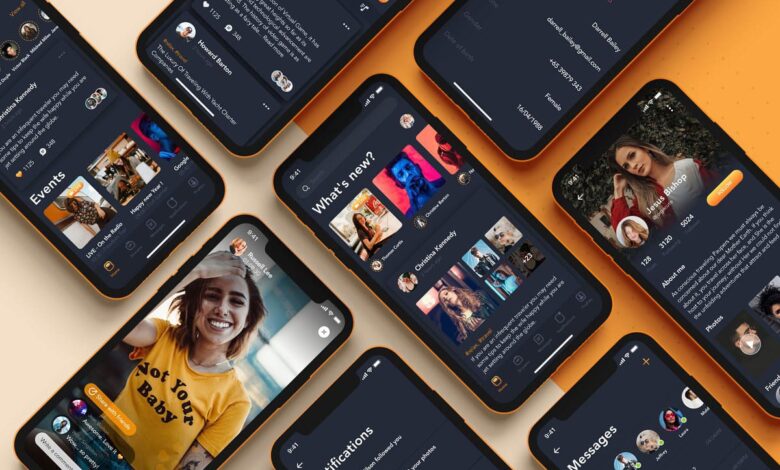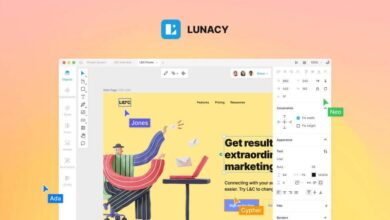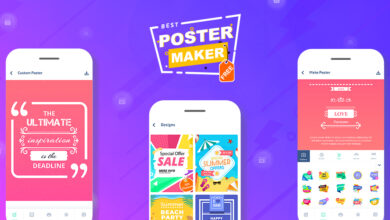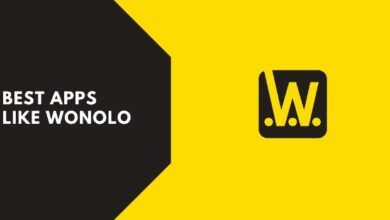How to Build a Video Streaming App and Make it Competitive

Ever thought about launching your own video streaming app? You’re certainly not alone. Video streaming apps are witnessing a tremendous surge in popularity, especially in the education sector. For Edtech companies and entrepreneurs, the opportunity to build a customized video streaming app for their business can be a game-changer. Partnering with a video streaming app development company can help you tap into this trend and deliver a superior learning experience to a wider student audience.
With the expertise of Geniusee, a trusted video streaming app development company, you can turn your vision into reality and offer a tailored streaming platform that meets the demands of modern learners. Keep reading to learn more about video streaming app development and get valuable insights that will definitely be in handy for you.

Types of Video Streaming App
There are four distinct categories of streaming apps, each with its unique considerations regarding the technology stack required.
1. Live Broadcasting Apps
Live broadcasting apps are among the most popular in the streaming world. They enable users to broadcast and record videos simultaneously, providing real-time viewing without the need for downloads. Well-known examples of live broadcasting apps include Facebook Live, YouTube Live, Livestream, and Twitch.
2. Audio Streaming Apps
Similar to live broadcasting apps, audio streaming apps deliver content in real-time, but they focus solely on audio without video. These apps allow users to listen to music online without the necessity to download it. Spotify, Apple Music, Pandora, and Tidal are prominent names in this category. Notably, Spotify has expanded its offerings to include video podcasts in select regions, capitalizing on the rising popularity of video content.
3. Video on Demand (VoD) Streaming Apps
VoD streaming apps empower users to watch their favorite TV shows and movies online at their convenience. Users can pause, resume, and rewind content as desired. Leading examples of VoD platforms include Netflix, Amazon Video, Disney+, HBO Max, and Hulu. Typically, these services operate on a subscription-based model.
4. TV Live Streaming Apps
TV live streaming apps provide access to live television broadcasts online, especially for programs and shows not available through on-demand video streaming services. Examples include Hulu, which offers both VoD and live TV streaming options, as well as Amazon Prime Video and YouTube TV.
How To Build A Live Streaming App in 5 Steps
Step 1 – Understand Your Audience and Their Needs
Before diving into development, it’s essential to identify your target audience’s needs and preferences. Conduct user interviews to gain valuable insights and early feedback that will guide your app’s development. This feedback can also help you secure your initial group of beta users.
Step 2 – Choose a Monetization Strategy
Decide how you’ll monetize your live streaming app. There are three common strategies:
Paid app: charge users a fee for downloading the app.
Freemium: offer the app for free with premium features available to paying users.
Advertisements: generate revenue through in-app advertising. Many successful apps use a combination of these strategies for stability and profitability.
Step 3 – Select a Reliable Platform for Streaming and Storage
Choosing the right platform for streaming, hosting, and storing content is critical. Prioritize quality over cost to avoid performance issues as your user base grows.Delayed streaming or low-resolution video can lead to user dissatisfaction.
Step 4 – Design an Exceptional UI/UX
A great user interface (UI) and user experience (UX) are essential for standing out in a competitive market. Investing in a clean and intuitive design can set your app apart. Minimalist designs often work better than cluttered interfaces.
Step 5 – Build and Test Your MVP
Start by creating a Minimum Viable Product (MVP) with essential features to gather user feedback easily. Test your app thoroughly and refine it based on user insights. Pay attention to the following tech stack components:
- Streaming protocol. Choose between RTMP for high-quality streaming with a delay or WebRTC for real-time communication.
- Streaming platform. Consider platforms like Amazon Web Services (AWS) for managing streams, hosting, and content delivery.
- Content Delivery Network (CDN): Use a reliable CDN like AWS CloudFront for optimal streaming performance.
Step 6 – Launch, Maintain, and Improve
Once your app is ready, launch it to the public. However, the journey doesn’t end there. Continuously monitor user behavior, track analytics, and gather insights. Implement improvements and updates based on user feedback to enhance the app’s functionality and user experience.
Considering a custom video streaming app for your Edtech business? Video streaming apps are rapidly gaining popularity, particularly in education. By partnering with Geniusee, a leading video streaming app development company, you can transform this idea into a reality. Geniusee offers expertise to make your video streaming app a success!



